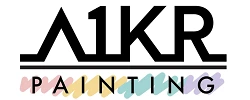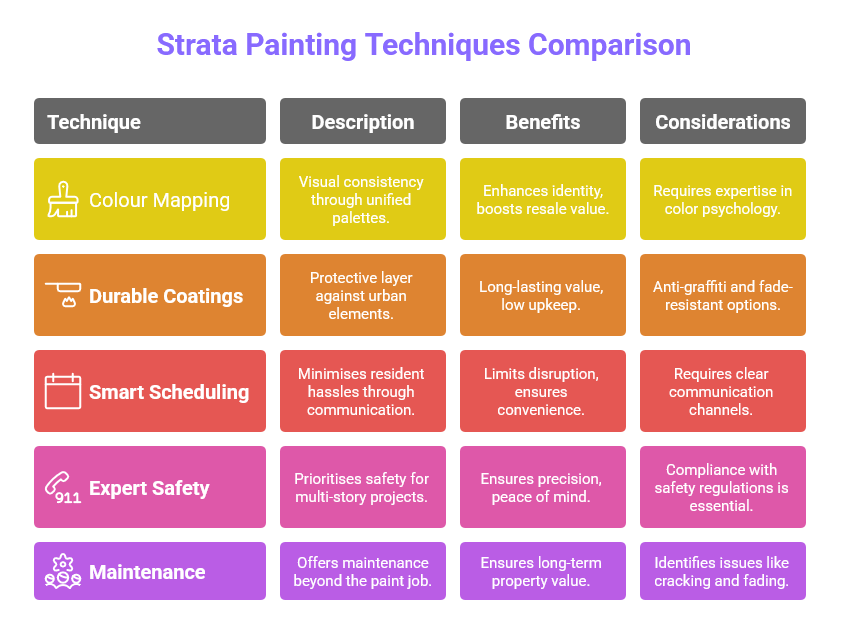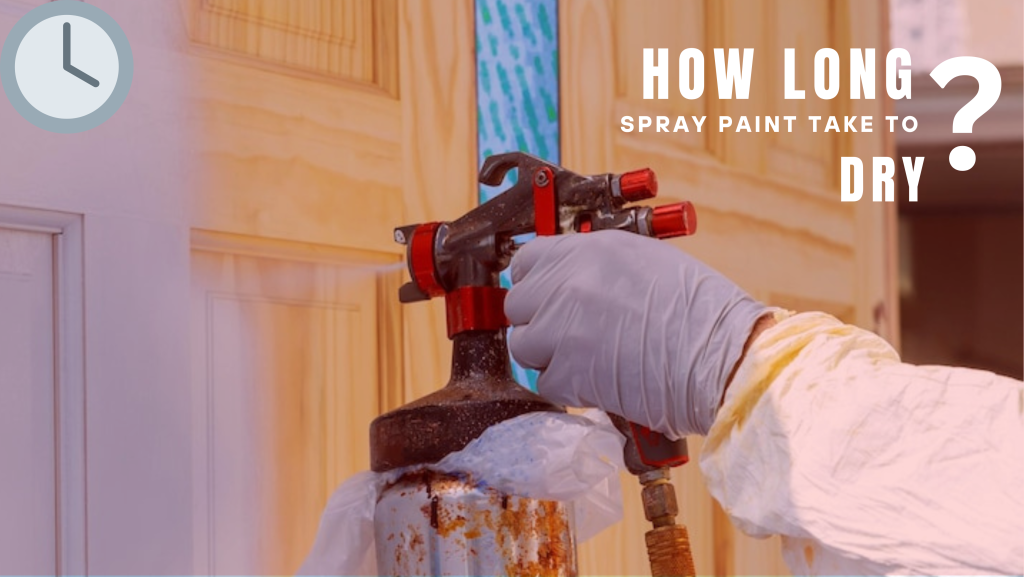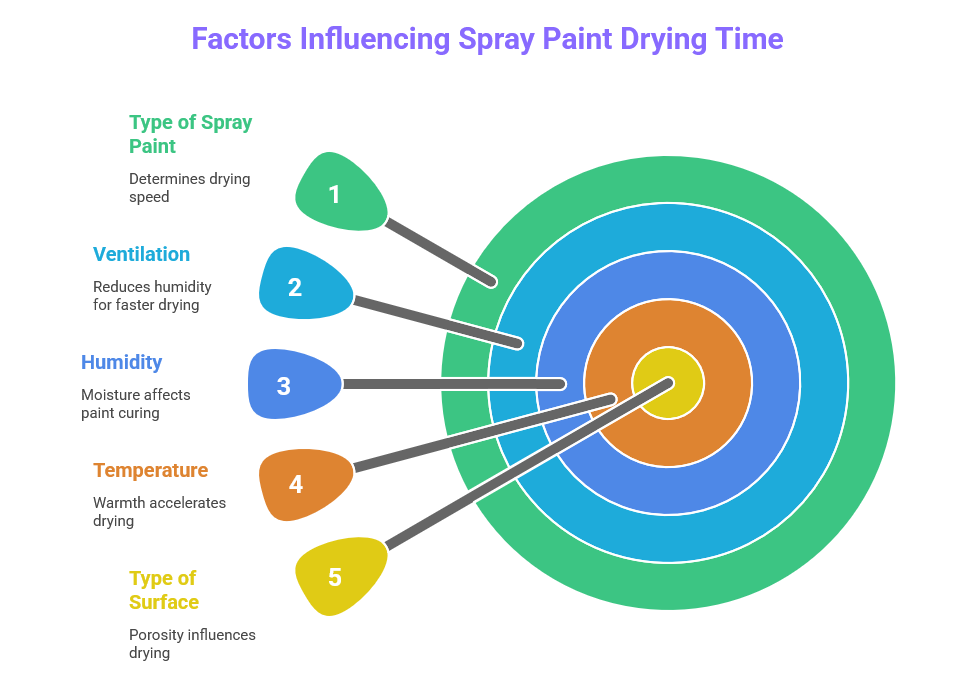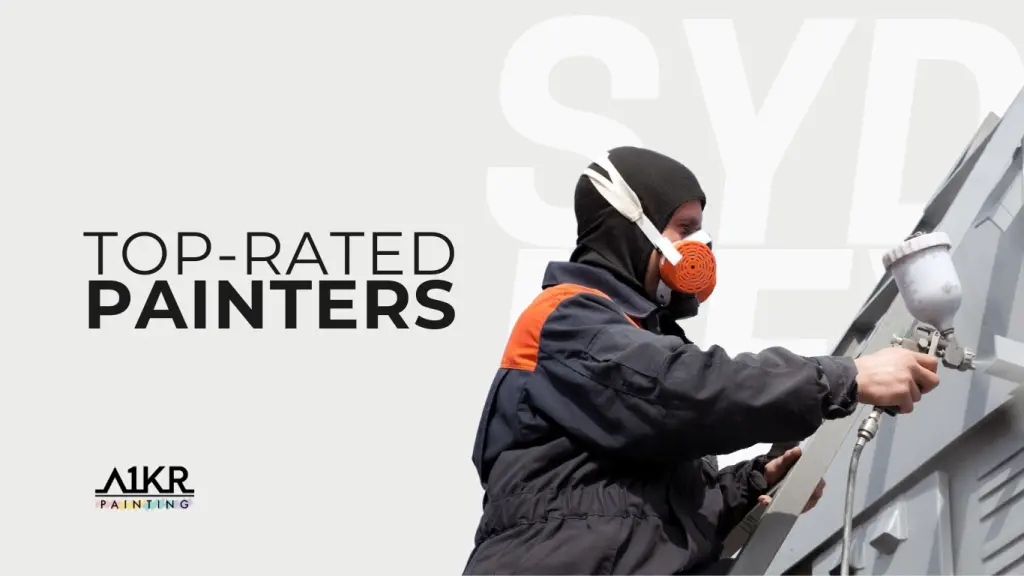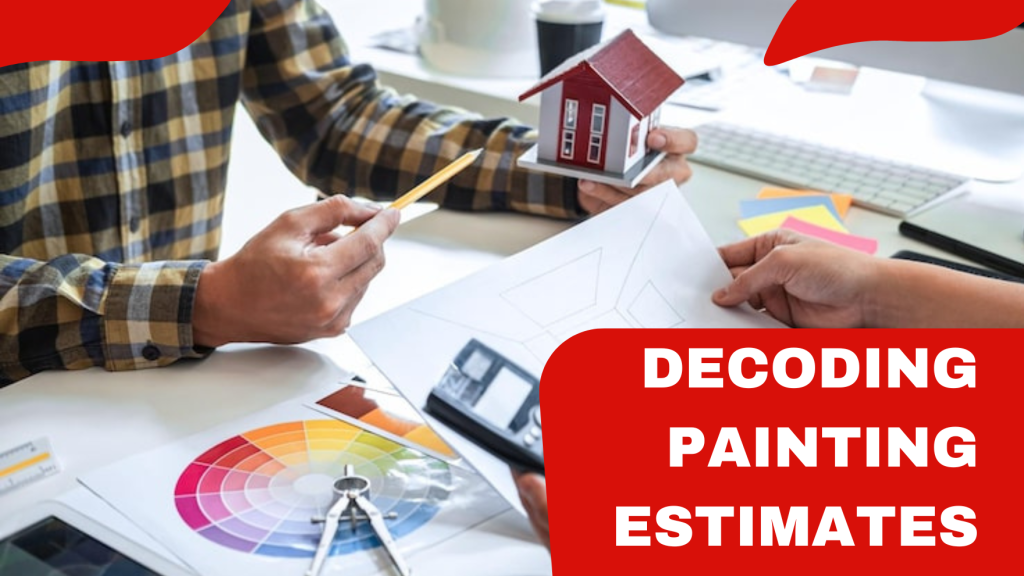
Do you ever know what goes into your painting quote?
Whether you’re renovating your bedroom or updating the entire house, estimates can be confusing.
Know what exactly goes into your painting estimate, so you know what to expect and ask the right questions.
From painting materials to the labour costs, let’s break down the driving forces of a painting service pricing.
Why Painting Estimates Aren’t One-Size-Fits-All
Here are the factors that affect pricing:
Surface Condition
The more complex the preparation is, the more materials and labour are required, which overall impacts the total costs.
Type of Paint
Top-grade paints are made of quality materials. They’re more lasting and have better finishes. However, these high-quality products cost way more than regular paints.
Size and Complexity of Area
The more intricate and bigger the space, the more paint and labour are needed. These types of projects need specialised tools or equipment, shooting up the price tag.
Oftentimes, higher quotes mean better prep and finish. They’re delivered with skilled and experienced workmanship—durable and attractive.
What’s Usually Included in a Professional Quote
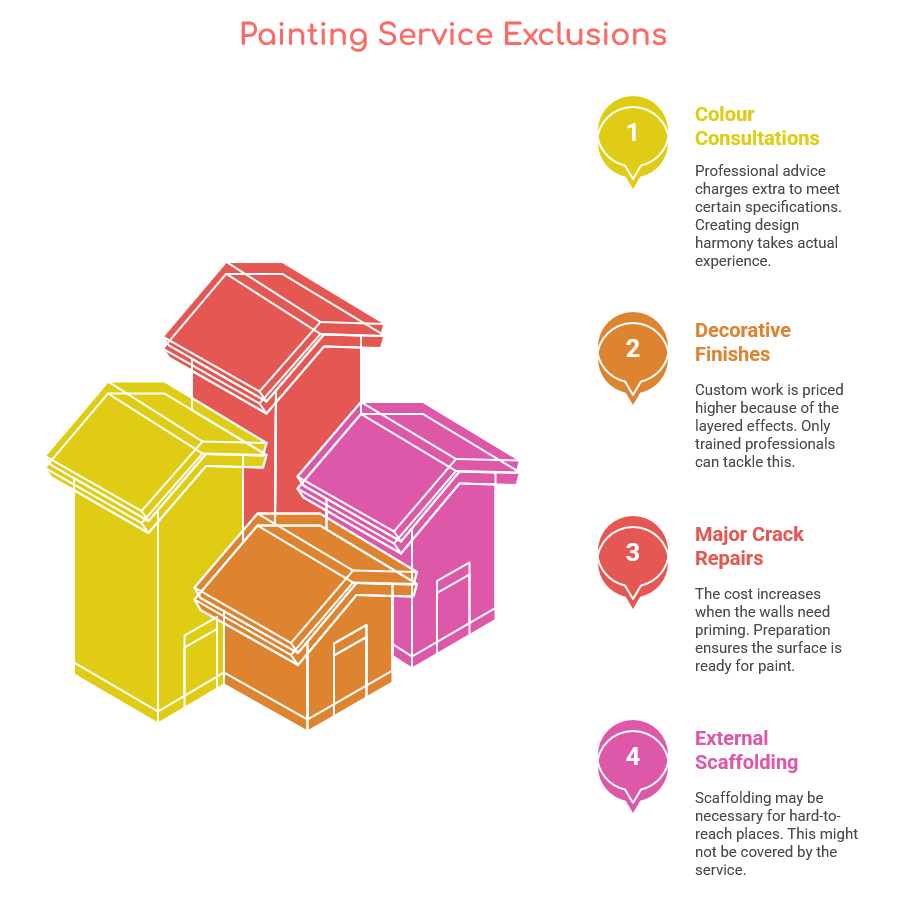
Surface Cleaning and Prep
About 80% of painting is preparation. This involves covering the furniture, sanding the surfaces, patching holes and cleaning afterwards.
It’s basically every step the painter takes to properly prepare the surface for better painting.
Two Coats of Paint
Normally, a painting estimate covers two costs of paint. One to secure the base layer and the other for durability.
For tones that are darker and bolder, additional coats are required and thus should be transparent in the estimate.
Labour
The provision of service should also be included in the painting estimate. Labour costs rely on several factors, such as hourly rates, skill level and location.
Generally, the more experienced the painter is, the higher the charge will be.
Paint and Tools
From the brands of paint to special treatments, you must understand how the quality and prices work. That’s how you get the best value for your investment.
Site Protection and Minor Cleanup
Part of the painting service inclusions is surface protection and the cleanup. This includes moving and covering the floor and fixtures to prevent accidental drips and paint splatters.
All these to avoid a really messy and tedious cleanup.
What Might Be Excluded (But You Should Know About)
Colour Consultations
Choosing the right colour that best fits your design project is important. From the lighting conditions and style preference, creating design harmony takes actual experience.
If the painting job requires this much attention, professional advice charges extra to meet certain specifications.
Decorative Finishes or Feature Walls
Different finishes require different techniques, specialised tools and products with greater attention to detail.
Ultimately, custom work is priced higher because of the layered effects that are involved, which only trained professionals can tackle.
Major Crack Repairs or Rot
If there are cracks on your walls, the painters will have to fill them. The cost increases further when the walls need priming.
The level of preparation required to ensure the surface is ready for your paint significantly raises the price.
External Scaffolding
For hard-to-reach places, external scaffolding may be necessary to secure a stable platform for the workers. This might not be covered by the painting service inclusions.
Therefore, you should always ask questions about what’s in or what’s not in the painting quote. Be upfront and clarify to avoid costly issues when the bills come.
Cheap Quotes? Here’s What to Be Careful About
Too-Good-to-be-True Pricing
Extremely low quotes might mean hiring someone who isn’t skilled enough for the job. This often leads to poor work, which results in even bigger issues, costing you far more than hiring experts.
Lack of Detail or Verbal-Only Quotes
The lack of details might indicate that your hired service intends to cut corners.
A verbal-only quote sounds so vague. You don’t exactly know what you’re paying for or who you go to when something is amiss.
No Prep Work or Guarantees
Often, the quotes are cheap because safety protocols or insurance are missing in the painting service inclusions.
Thus, when something goes wrong, you could end up footing the bill.
Take all the time you need to get into the pricing details, saving yourself from the headaches later on.
Smart Comparison Tips
Request Itemised Quotes
Ask your contractor for the complete breakdown of the costs, from the labour and materials to the extras. This will provide a clearer view of what you’re actually paying for, making it easier to compare.
Ask About Brands and Product Quality
Enquire about the brands and quality of the products. Typically, premium products are more expensive but durable, saving you money in the long run.
Check Insurance, Licence, and Warranty Details
Ensure that your professional painting service is licensed and insured. This is your financial safety net when the results don’t meet expectations.
Don’t Just Go for the Lowest Price—Weigh Value
Good work is never cheap. Always consider the materials, insurance and preparation that come along with the service. You’re investing for the future, and that doesn’t come cheap.
Why A One Korean Painting Quote Stands Out
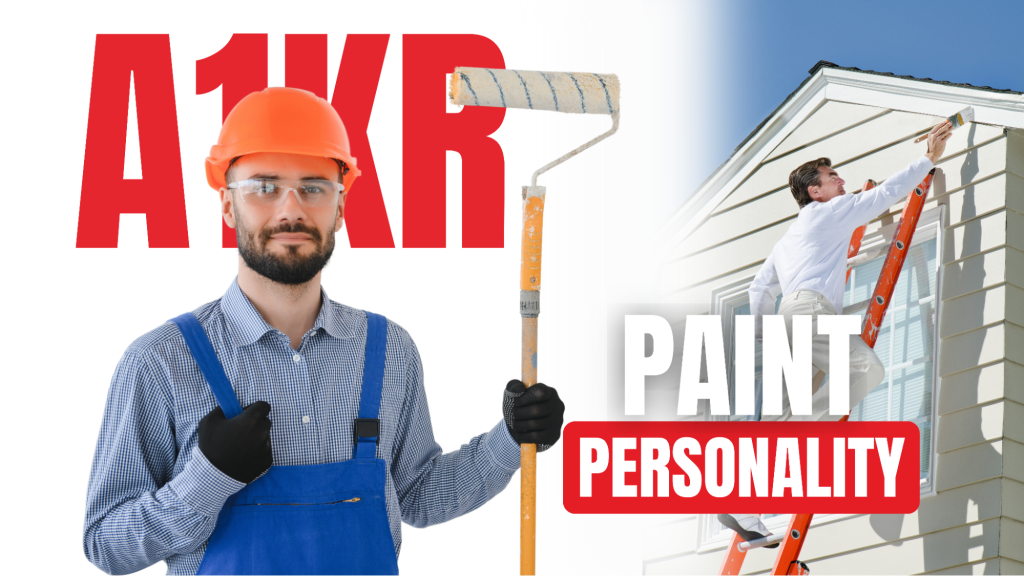
At A One Korean Painting, you will be working with professional painters who are transparent from day one.
Our team makes a detailed scope of the work in written breakdowns that are easy to understand.
We have a client-first approach, with no hidden costs or upcharges. We put in the effort to meet your specific needs in the most economical ways without compromising quality.
Book your free, no-pressure quote.
Conclusion
As a homeowner looking for professional painting services, it’s important to know what’s included and not included in your estimates.
By weighing all the factors that influence the costs, you can make informed decisions and better protect your investment.
So, never hesitate to ask questions and explore different options. This way, you can compare smartly with full transparency, soothing your needs and budget.
Click on and get your free detailed quote today!
